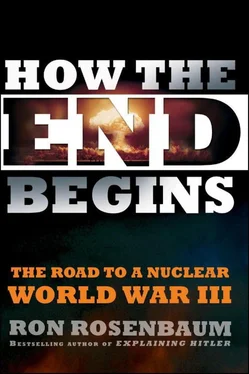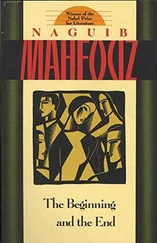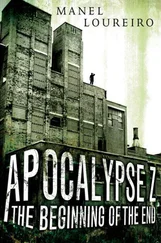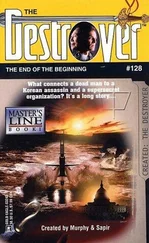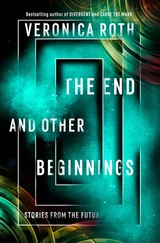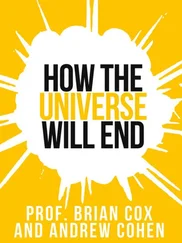In other words, nuclear weapons are not just greatly magnified flaming catapults. They represent a new kind of entity from all previous weapons of war, and so just war theology dating back to the flaming catapult must be tossed aside when considering the flaming ember the world could be turned into by a global nuclear war.
And it is that exceptionalist bright line notion of nuclear weapons that is at the heart of the World Court’s 1996 opinion: “Nuclear weapons have unique characteristics,” including “their destructive capacity, their capacity to cause untold human suffering and their ability to cause damage to generations to come… their destructive power… cannot be contained in either space or time.” [143]
Not contained in either space or time! That language captures the uniqueness that make nuclear weapons an exceptionalist case morally. They don’t, as the Catholic bishops suggested, fit into the old categories. They command time and space and poison not just the present but the indefinite future, which includes about everything in existence, doesn’t it? It’s rare to hear a court make a pronouncement that broad, almost mystical.
The court explicitly addressed the moral status of the threat to use nuclear weapons, the heart of deterrence, and found it no less a war crime. The words the court used in its opinion on July 8, 1996, were that “the threat or use of nuclear weapons is generally illegal and states are obligated to bring to a conclusion negotiations on nuclear disarmament in all its aspects.” [144]In other words nuclear weapons are not on the continuum of other weapons, not to be judged by the same rules as other weapons of war. They require special prohibitions. In effect the court was codifying, formalizing, incorporating into just war law what has come to be called “the nuclear taboo.”
Does this apply to nukes of any size? To tactical nukes with less destructive power than some blockbuster conventional weapons, to nuclear artillery shells for instance? I think the court intended its opinion to cover them as well. It’s not the size of the blast—it’s the nature of the weapon. I would suggest that behind the court’s radical opinion are two factors: the specter of nuclear escalation, which means that once the nuclear threshold has been crossed by use of the smallest of tactical nuclear weapons, it in effect legitimizes, encourages gradual or rapid escalation to larger and larger nukes and so even the smallest must be banned if we want to ensure the largest will not be used.
Second, the court also made clear it was setting up what Talmudists call “the fence around the fence.” As the court saw it, the maintenance of a nuclear threshold—preserving the bright line from blur—requires not only non-use, but non-threat of use.
Toward the end of my conversation with Ellsberg, in the chilly cement garden of the Wyndham Garden Hotel, I asked him the larger sanity question.
“When you saw the Number, when it registered, was that the moment that you began to question the sanity of the entire system?”
“No,” said Ellsberg. “The [sanity of the] species.”
“The species?
“Yes, the species. Just the fact that the Chiefs could be so matter-of-fact about the number.”
Darwin explained the biological origin of the species. No one has yet explained its moral nature: the paradox of the ability to recognize great evil and yet still tolerate and commit or be complicit in it. Ellsberg’s comment made me think of a conversation I had with George Steiner when I was writing about Hitler. [145]The Holocaust “breaks the reinsurance on human hope” [146]is the way he put it, meaning the safety net beneath which our estimation of the depths of human nature could go. It was a lesson in the true nature of human nature, the human potential for evil. The Number removes the safety net under the moral justifications for deterrence. It tears through it, the way 70 million did when Nixon said he could leave the room and in twenty-five minutes 70 million would die. Ellsberg was raising a question that was larger than the larger sanity question. How did we get ourselves into a state where having escaped the dailiness of dread of the Cold War, we are still content to live with the possibility of annihilation? That we profess the same doctrine, deterrence, genocidal nuclear retaliation? The same willingness to threaten evil to prevent evil on a multiple genocidal scale? The same apparatus to accomplish it?
Was there a doomsday machine encrypted in the code within our chromosomes—within human nature—more dangerous than the one embodied in the nucleus of the unstable uranium isotope?
Whatever the answer to that question, there is a real doomsday machine buried beneath the Ural Mountains in the former Soviet Union and I decided to seek out the first Westerner who learned about it.(See chapter 5.)
CHAPTER FIVE
BRUCE BLAIR: THE DOOMSDAY DISCOVERY AND THE REAL DANGER
Ifirst came across the name Bruce Blair in connection with the so-called doomsday device—not the mythical one featured in the movie Dr. Strangelove, but the real one, the one the Soviets, and now the Russians, have installed as the heart of their nuclear command and control system. The one they have code-named the PERIMETR system.
This semi-automated doomsday device can be switched on at a moment’s notice, at any moment now. It is one of those Cold War horrors that have been hiding in plain sight and shock you—at least at first—when your attention is drawn to them.
Bruce Blair had been the first Westerner to disclose its existence, as P. D. Smith, a British Cold War historian, reported in a book Doomsday Men in 2007, which is where I first learned of it. [147]
Blair had first made reference to PERIMETR in a 1993 piece in the New York Times, and had written about it elsewhere. [148]In addition to appearing in Smith’s book, it showed up in my 2007 Slate essay based on Smith’s book. [149]But little notice had been taken of it until it presented itself again in the David Hoffman’s scrupulous 2009 chronicle of the Cold War legacy, The Dead Hand . [150]
Before Blair made his revelation, we only knew of the movie version of a doomsday machine. In Strangelove, the doomsday device is a fully automated guaranteed-retaliation-worldwide-human-species-extermination system installed by the Soviets. It is a form of ultimate dead hand deterrence carried out by a machine involving a linked network of cobalt-jacketed hydrogen bombs. In Peter George’s novelization of the film, the deadly cobalt bombs have been secretly implanted by the Russians all over the globe and they are “connected to a giant complex of computers. In order for the [computers’] memory banks to decide when… a triggering circumstance [a hostile nuclear attack] has occurred, they are linked to a vast interlocking network of data inputs, sensors… stationed throughout the country and orbited in satellites. These sensors monitor heat, ground shock, sound, atmospheric pressure and radioactivity.” [151]
This is how it works: “When the sensors decide on their own that nuclear attack has occured, they automatically signal the previously embedded cobalt bombs to explode, causing the death of life on earth.” (Italics mine.) A total extinction due to the especially long-lasting “half-life” of radioactive cobalt fallout.
In his book, Smith focuses on Leo Szilard, the Nobel Prize–winning nuclear physicist who conjured up the idea of a nuclear chain reaction weapon in 1933. [152]He began his career in the U.S. by urging his friend Albert Einstein to push FDR for a crash program (the Manhattan Project) to prevent the Germans from getting it first, then became a key figure at Los Alamos in devising the first atomic bombs, and then in the 1950s became an antinuclear activist, another penitent trying to shut the gates of hell he had opened. (I think it was Szilard’s collection of antinuclear science fiction short stories, The Voice of the Dolphins, that helped turn me into a prepubescent ban-the-bomber.)
Читать дальше
